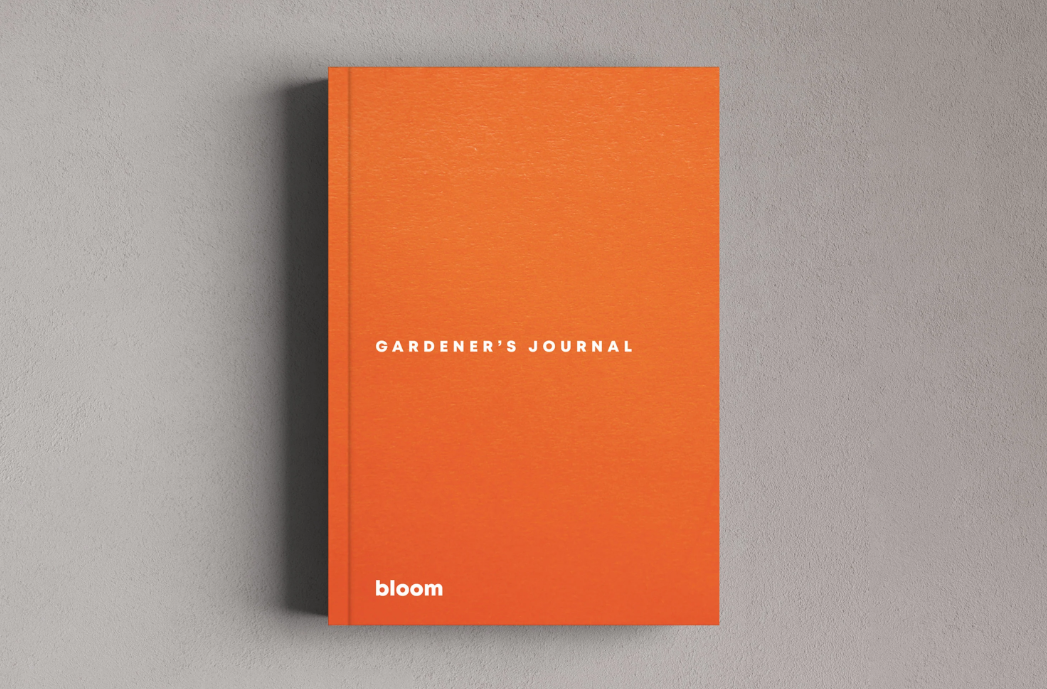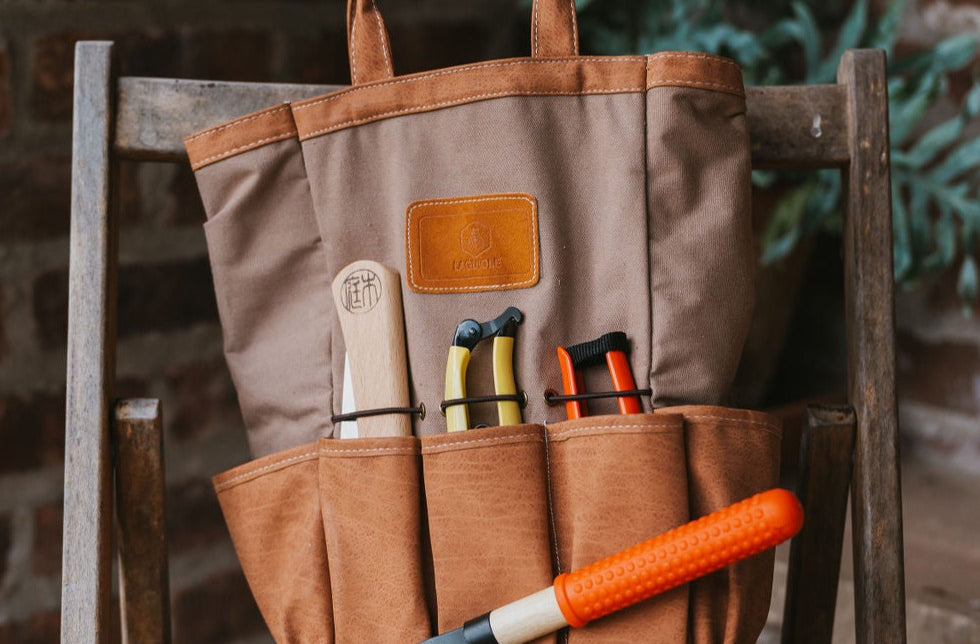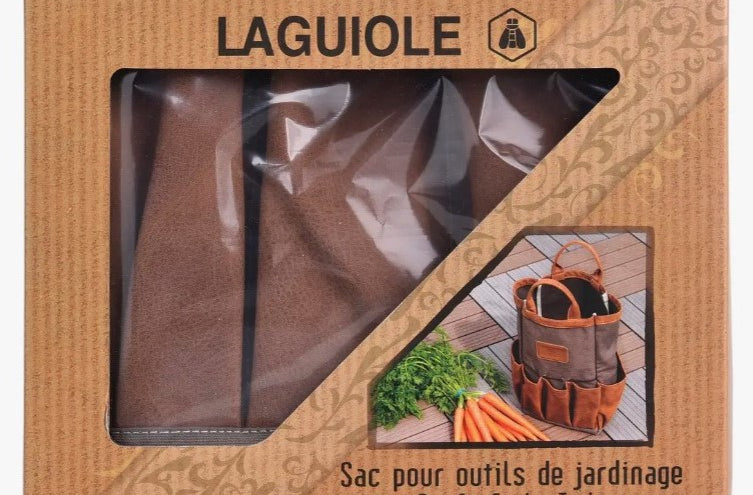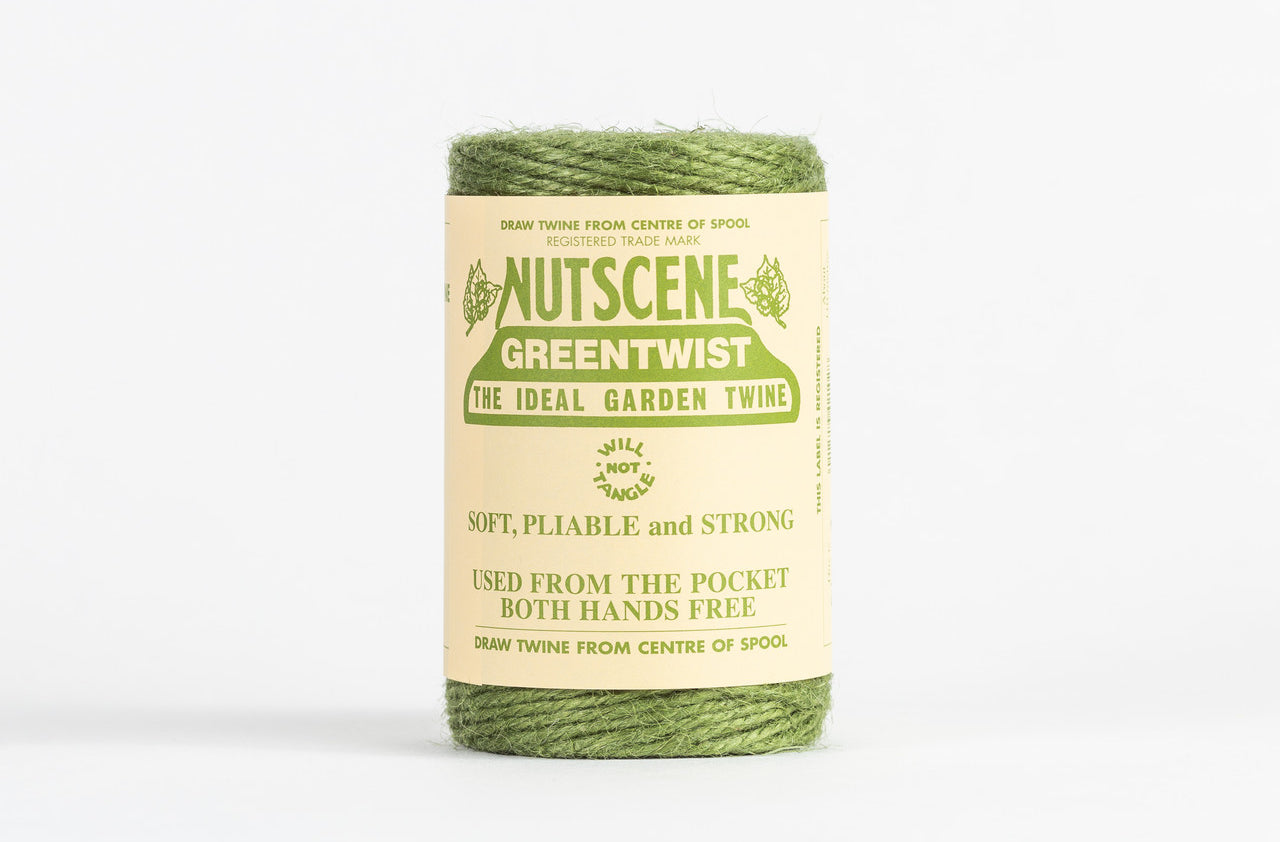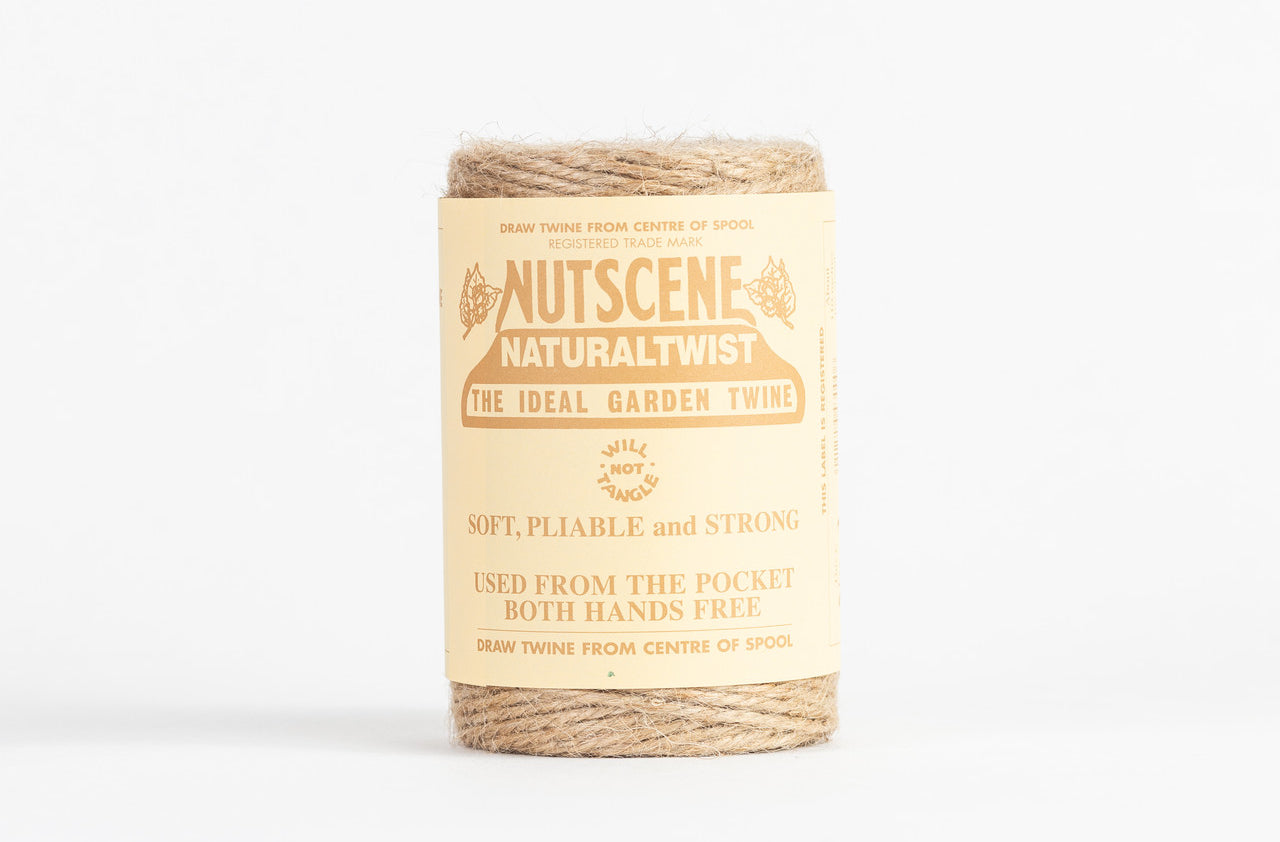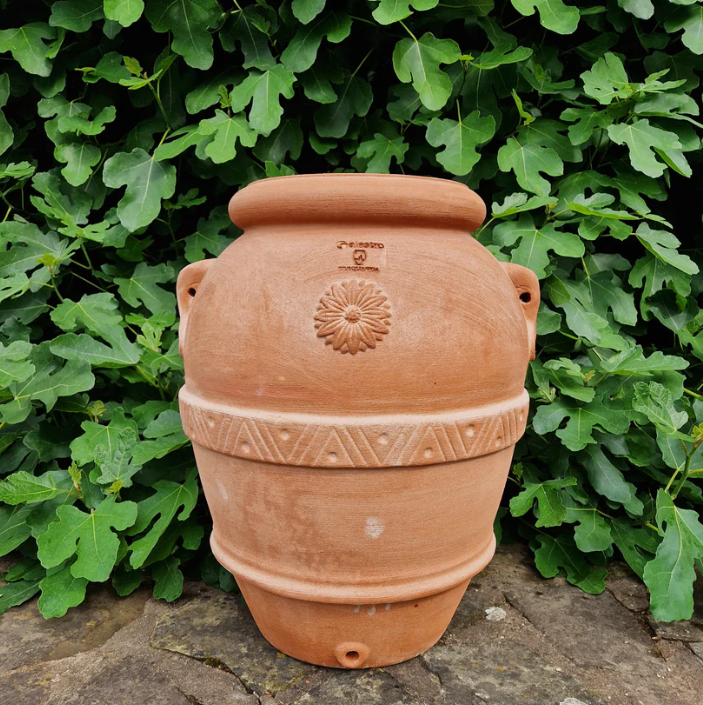Sarah and her family live at the family home, Wyndcliffe Court, Monmouthshire (nr Chepstow). Built in 1922, the garden was designed to be integral with the house and was a collaboration between Eric Francis and Henry Avray Tipping. It is listed as an exceptional garden of 1922 which survives almost unaltered. Further work by H.A. Tipping can be seen at High Glanau Manor, another spectacular garden in the Welsh county.
The garden is in the “Italianate” Arts and Crafts Style. A paved terrace has steps down to a lily pond with dolphin fountain and further stone walls link a summerhouse to the different levels on the steeply sloping site. The gardens also feature ancient sculpted topiary, a sunken garden and woodland. The walled garden has fruit trees and a new Platinum Jubilee border of lavender and an Arbour with a large mural painted in the Renaissance style by Andrea Davies in 2023.
Alongside enjoying her garden, Sarah also runs the Wyndcliffe Court House & Garden School. Each day includes a morning and afternoon talk, broken up with a fabulous lunch inside her home and the chance to walk around the gardens. For 2024 she has 3 dates in the diary (20th March, 17th April & 1st May) where she holds and caters for intimate lectures held by esteemed plants people. This year you can expect to meet figures such as Troy Scott-Smith. Click here to view the schedule and to book.

Sarah, to view your garden is like stepping into a painting. In your own words, could you describe the features that make it so characteristic of the Arts & Crafts movement?
In my mind Arts and Crafts Gardens are a perfect union of artistic construction and planting. The carefully considered stone walls, picturesque buildings and evergreen hedges make up the characteristic “rooms" of the Arts and Crafts garden. Water features and varied levels also open up different views and often surprising perspectives.

Photo by John Campbell
Where do your passions for gardening come from? Do you have any heroes or favourite literature?
My passion for gardening comes from my Parents, Aunts and Uncle who were all keen gardeners. I remember reading “Sissinghurst - the making of a garden” by Anne Scott-James when I was about 17 and being amazed at the artistic energy used by Vita and Harold in their garden. So many books have given me inspiration and I include some that I still refer to... “Dear Friend and Gardener” by Christopher Lloyd and Beth Chatto, “Entangled Life” Merlin Sheldrake, “Cherry Ingram” Naoke Abe and “The Garden Jigsaw” by Val Bourne. Most recently I loved reading “The Orchid Outlaw” by Ben Jacob who risked prison to save native British Orchids.
Are there any planting features that remain from when the garden was first built?
Are there any planting features that remain from when the garden was first built?
Yes lots of planting features remain from 1922 to include the windbreak that circles the house and garden including species of Scott Pine, Corsican Pine, Red Oak, Sweet Chestnut, Walnut, Holly, Larch, Birch and Beech. There are still the original yew hedges which are now huge topiary. Also ancient knotted-rooted begonias used as edging around the sunken pond. There are also some original surviving fruit trees including apples, pears and figs.

On a wider note, do you have any plants that you couldn’t live without?

On a wider note, do you have any plants that you couldn’t live without?
I could not live without sweet smelling herbs (corsican mint, ginger rosemary and golden marjoram are favourites). Also scented shrubs such as winter sweet(chimonanthus praecox) and all roses and philadelphus especially Mexican jewel (below). I also have about 12 varieties of fig and could not live with out at least one of them.

It could be said that with every historic garden, there is a balance between conservation and adaptation. How do you manage these aspects at Wyndcliffe?

It could be said that with every historic garden, there is a balance between conservation and adaptation. How do you manage these aspects at Wyndcliffe?
Managing conservation and adaptation in the garden really comes down to only "fixing things that are broken" and to replant only when plants are struggling.
I feel very free to plant with innovations as long as the structure of the garden stays the same.

To celebrate the platinum jubilee, you didn’t hold back - your walled garden was treated to a long feature border of mixed lavender. How did you plant them to ensure that they could survive the not-so Continental weather that rural Wales is known for?
I feel very free to plant with innovations as long as the structure of the garden stays the same.

To celebrate the platinum jubilee, you didn’t hold back - your walled garden was treated to a long feature border of mixed lavender. How did you plant them to ensure that they could survive the not-so Continental weather that rural Wales is known for?
Planting the 60m long lavender border for the Queen’s platinum jubilee was planned in my head for about 3 years. The garden here has fantastic light at 550ft high, south facing and free draining so I know that I am able to grow tender plants especially in the micro-climate of the walled garden. The border chosen is 60m long, slightly raised and sunny so I thought it would suit lavender, however it had been very weedy so was put under black plastic sheets for 2 years in preparation. I also planted 3 trial bushes nearby in 2019 just to make sure that they thrived in that position before the main bed was planted in May 2022.

What were the varieties you opted to go with and what was your inspiration behind deciding to plant them the way you did?
Sarah Mihalop a landscape designer from Monmouth made all the accurate drawings from my idea for waves inspired by a favourite Paul Smith scarf. Sarah also introduced me to Simon Charlesworth at Downderry Specialist Lavender Nusery in Kent. I visited the nursery in the summer of 2021 and saw all the different varieties in flower.

The varieties chosen were pink “Miss Katherine”, blue “Anniversary bouquet” and white “Eidelwiess”. In all I had a total of 330 x 9cm potted cuttings from Downderry which arrived in the post in 3 cardboard boxes. They were planted out with the help of my WRAG student Claudy, and finished off with a 6cm layer of 20mm gravel.

I have to say a huge thank you to the Charlesworths as every single plant has not just survived but thrived, vigorous and healthy. This bed is absolutely buzzing with bees and insects for months.
Your next open day in support of the NGS is Tuesday 4th of June. What can visitors expect to see in bloom?
Your next open day in support of the NGS is Tuesday 4th of June. What can visitors expect to see in bloom?
In early June, NGS visitors can expect to see all the azaleas out in the sunken garden, the enormous wisteria below the summer house, and colour in the rose garden with bulbs and herbaceous as well as early roses. Also the new arbour and mural in the walled garden. There may be some wild orchids in the long grass or popping up on the lawn.

With regards to your Garden School (the annual series of talks you do such a good job hosting!), have there been any favourite topics that you’ve relished in hearing over the years?
I have to say that all the speakers have been excellent, it is wonderful to hear personal accounts of passions and knowledge. It is impossible to pick out a favourite as all so different from specialist plant growers, plant hunters, historians, rose oil producers and pot sellers extraordinaire - all fantastic and inspiring.
Are there any gardeners or horticulturalists who you would love to hear a talk from? What would they talk about?
I would love to hear Dan Hinkley from Wyndcliff in Seattle who is an incredible plantsman. Also very excited about all the speakers this year who are new to me and have exciting topics from top class horticulturalists and Gardeners, Troy Scott- Smith, Roger Lloyd and Roger Evans to Yaniv Korman’s Roman garden discoveries, saving native orchids with Ben Jacob and a New Zealand plantsman tour by Richard Bramley.



